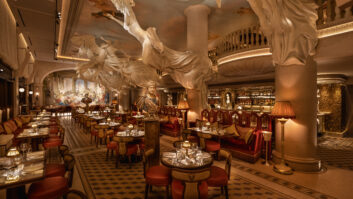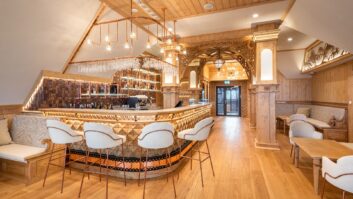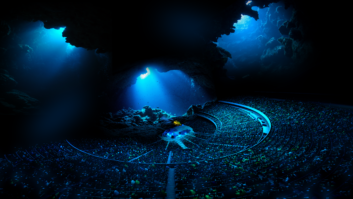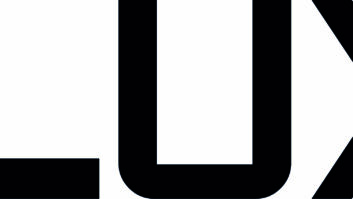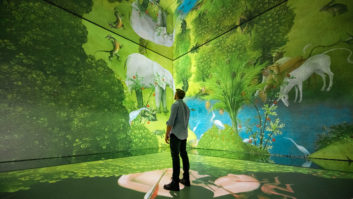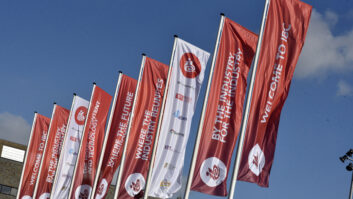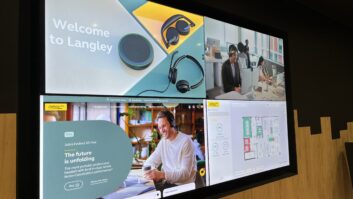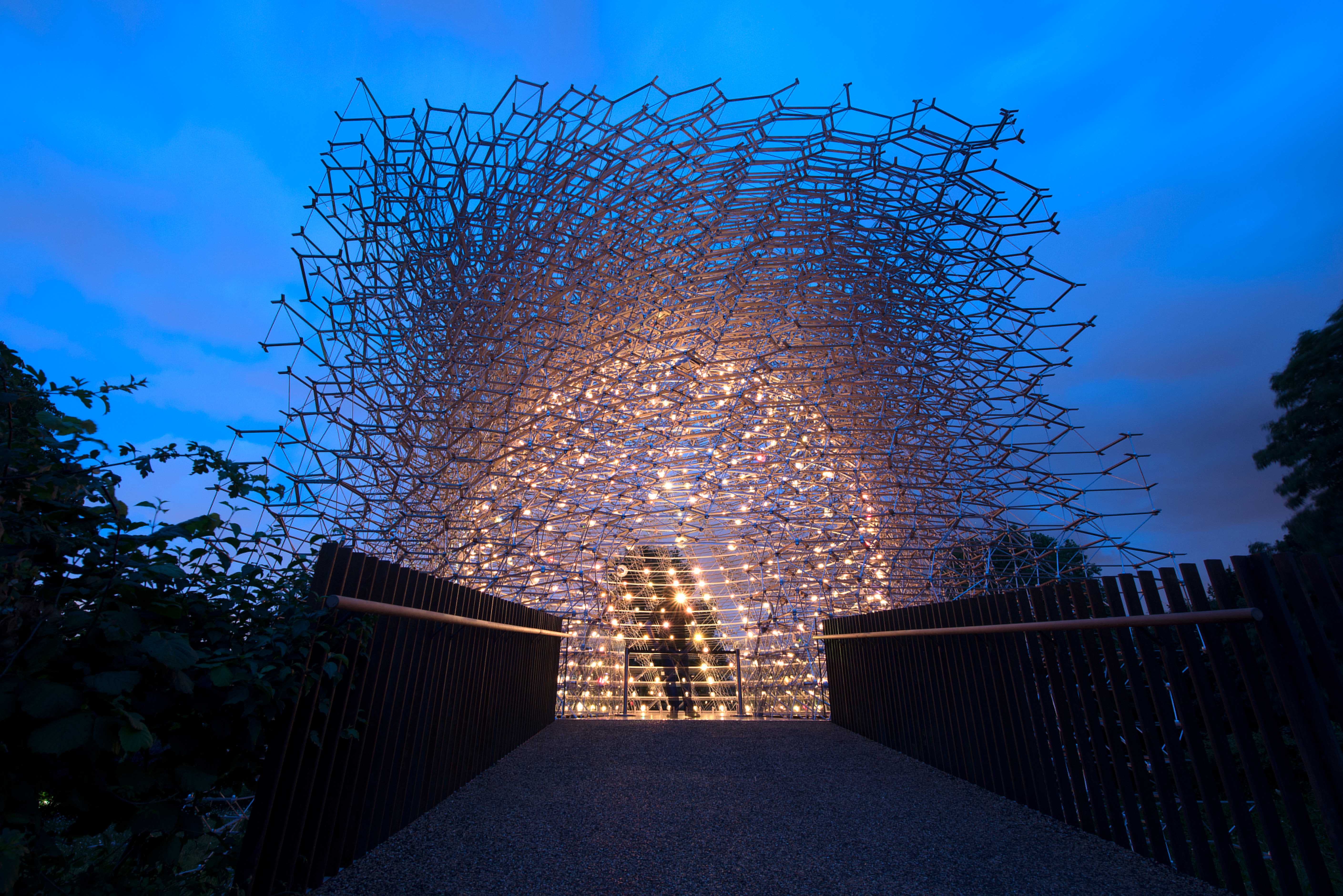
In the first part of this feature we looked at the ‘first principles’ that need to be considered when attempting an immersive audio installation. Here we consider what the different system design options have to offer.
Once the core objectives of an immersive audio installation have been established, integrators and consultants will then wish to pay close attention to system specification – not least the capability of individual components to be integrated into one seamless system. This is likely to be particularly crucial in situations where, for example, multiple brand products are being used for playback, processing, amplification and so on.
‘Our experience is that installers do not wish to be dictated to in terms of which brands they are able to use’ – Bjorn van Munster, Astro Spatial Audio
As Georg Stummer, DS100 product manager at d&b audiotechnik, observes, “integration options are essential for straightforward technical configuration and smooth shows. Systems integration and interoperability with mixing consoles, digital audio workstations, show control software and tracking systems can save hours of work and the need for clunky ad-hoc workarounds.”
Logically enough, brand independence is a strength that is being prioritised in some quarters. Bjorn van Munster, founder of Astro Spatial Audio, comments: “Our experience is that installers do not wish to be dictated to in terms of which brands they are able to use, especially when they want to deliver a project on time and on budget. Astro Spatial Audio works with every brand of loudspeaker and console [as] we are entirely brand independent.”
Once ease of integration between different components (and, in all likelihood, incorporation into a local or site-wide network infrastructure) has been assured, then project stakeholders will want to mull over factors such as flexibility and scalability. Stummer raises the example of a live performance space whose immersive capability will need to deliver “flexibility for different programme material, and [the ability] to be controlled with an easy-to-learn interface. It’s also useful to have the flexibility to temporarily integrate additional equipment (for example, an additional FOH system) or to be able to display other audio formats with the systems or parts of the system if necessary.”
‘Flexibility for rapid and comprehensive programming, editing, routing and mixing changes on site is essential in order to accommodate late changes in content and spec decisions’ – Dave Haydon, Out Board
Dave Haydon of Out Board also highlights the need for specified equipment to support what may be a rapid changeover of content for immersive presentation. “Flexibility for rapid and comprehensive programming, editing, routing and mixing changes on site is essential in order to accommodate late changes in content and spec decisions. Durability and reliability are important for shows running/looping a long time, including regular start/stop sequences. Some people are nervous about trusting this just to a computer, so an immersive audio show control platform with built-in playback, DSP and show control is often desirable.”
As well as the intrinsic ability of the immersive audio system to accommodate different types of content, project leaders may also wish to consider its ability to adjust to changing layouts and future expansion. Hence, Stummer remarks that “stability to maintain the immersive experience in non-standard layouts or other sub-optimal conditions – where system designers are forced to compromise ideal loudspeaker positioning for a pillar, screen or lights, for example – is also desirable. The investment required can be significant so a system that offers stepped integration, compatibility and scalability should be considered.”
Advice for integrators
It stands to reason that adding further speakers and dimensionality to fixed install applications will bring (potentially significant) additional complexity to most projects. But careful planning – as well as an acknowledgement that immersive requires a fundamental step-change from more straightforward surround sound designs – means it should be possible for most common pitfalls to be avoided.
As Haydon remarks, “making everything talk to each other is meat and potatoes to most AV integrators, and variable/interactive/multimedia elements can add extra layers and timescales to the task. Historically, before people talked about ‘immersive’ it was often ‘surround’, which led people to render 5.1 mixes in a studio then play it back in the experience space. [This is] great for film playback with screen and speakers in a familiar configuration, but very limiting for soundscapes distributed over large and relatively random environments.”
Hence “keeping individual content source elements separate on built-in multitracks/SSDs, partially pre-rendering off-site then tweaking in the space is essential to bed these sort of soundscapes in contextually – and also means things can be altered and refreshed later,” says Haydon.
Meanwhile, vendors are continuing to extend the resources, in terms of information and support, that are available to integrators and customers – frequently on a worldwide basis. For example, in addition to a “global team of application engineers supporting projects around the world”, d&b now has demo/pre-production facilities for its Soundscape platform at offices in Germany, UK, France, the US, Singapore, Japan, and with d&b partners in Vantaa, Finland.
Out Board is among those companies to be working on its background information resources and, says Haydon, is presently “preparing a series of ‘How It’s Done’ sheets for immersive install as well as our core performance and event markets. These will be available from the website via a Case Studies page which provides press cuttings as a lead-in to the whys and wherefores of techniques used on particular projects as a sales/communications tool for the integrator to get their point across to the client. These are backed up by our released news stories on the News page, which include photo galleries for the integrator to plunder for inclusion in project proposals.”
The information in the ‘How It’s Done’ sheets is augmented with a “three-minute elevator pitch on the front page for the management decision influencers, and a five-minute tech outline on the second page with block diagrams and brief descriptions of the technologies, interconnects and control interfaces,” says Haydon, adding that Out Board also provides TiMax demo software on its website as well as training workshops at global distributor locations.
This kind of outreach is likely to become evermore crucial as the breadth and variety of immersive audio solutions continues to increase. In many senses it is a brave new world, particularly for end-users and integrators, and one that requires extremely rigorous planning and implementation if the correct solution is to be identified for any given project. But it also heralds many exciting opportunities, not least for integrators and consultants who will be required to advise on, and facilitate, more complex – and thus potentially more lucrative – projects. Fortunately, vendors are more poised than ever before with the necessary information and support functions to allow these projects to be executed successfully to the benefit of integrators and customers alike.
